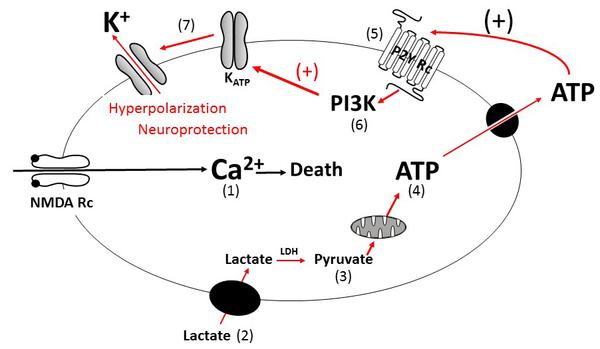
Primary hippocampal neurons from mice express G2019S-LRRK2. The neurons were treated with alpha-synuclein fibrils, and 18 days later immunofluorescence was performed. The magenta shows phospho-alpha-synuclein inclusions in the cell bodies and throughout the axons, which are visualized as green. Credit: UAB
A team has shown the most common genetic cause of Parkinson’s disease – a mutant LRRK2 kinase enzyme – contributes to the formation of inclusions in neurons, resembling one of the hallmark pathologies seen in Parkinson’s disease. These inclusions are made up of aggregated alpha synuclein protein, which – the research also shows – can be prevented from forming by using 2 LRRK2 kinase inhibitor drugs now being developed for clinical use.
The interaction between mutant LRRK2 kinase and alph...
Read More






Recent Comments